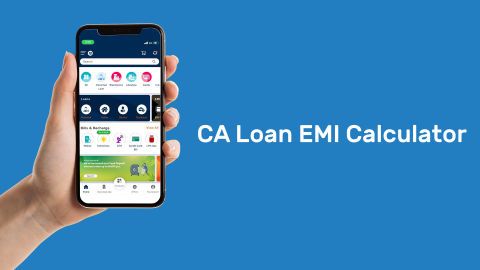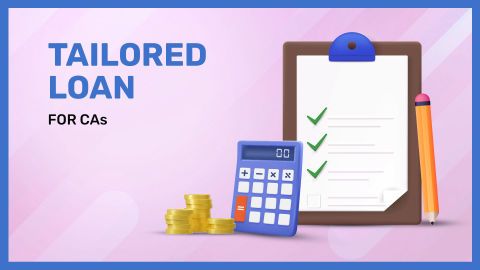What is a Financial Risk Manager (FRM)?
A Financial Risk Manager (FRM) is a professional responsible for assessing, controlling, and mitigating financial risks within an organisation. They work in a variety of sectors, including investment banking, insurance, asset management, and corporate finance. FRMs apply their expertise in financial risk management to help companies navigate potential financial losses and make informed decisions.The FRM designation is awarded by the Global Association of Risk Professionals (GARP). It signifies that a professional has achieved proficiency in the core areas of financial risk management, including risk analysis, regulatory compliance, and the management of market, credit, and operational risks.
Types of risks in Financial Risk Management
In financial risk management, various types of risks need to be addressed to ensure a stable financial environment. Understanding these risks is essential for FRMs.- Market risk: The risk of losses due to market fluctuations.
- Credit risk: The possibility that a borrower might default on a loan.
- Operational risk: The risk arising from internal processes or systems failures.
- Liquidity risk: The risk that a company may not have sufficient funds to meet its obligations.
- Interest rate risk: The risk related to changes in interest rates affecting the value of investments.
Requirements for FRM designation
To earn the FRM designation, you need to meet specific requirements set by GARP:- Education: You must have a bachelor’s degree or equivalent.
- Work experience: A minimum of two years of work experience in risk management or a related field is required.
- Exams: The FRM certification involves passing two parts of the exam, which test your knowledge in risk management.
Exam Topics for FRM Designation
The FRM certification exam covers a wide range of topics in risk management. These include:- Part 1: Quantitative Analysis, Financial Markets and Products, Risk Models, and Valuation Techniques.
- Part 2: Market Risk, Credit Risk, Operational Risk, and Risk Management in Banks, and more.
CFA vs. FRM
While both FRM and Chartered Financial Analyst (CFA) certifications are valuable in the financial industry, they focus on different areas. The CFA is geared towards investment professionals and focuses on portfolio management, investment analysis, and financial reporting. On the other hand, the FRM focuses primarily on risk management and financial strategy. If you’re looking to specialise in risk management, the FRM designation is the ideal choice.Benefits of the FRM designation
Becoming a certified FRM offers numerous benefits, including:- Increased job opportunities: Many organisations require FRMs to manage risk effectively.
- Higher earning potential: The FRM designation can lead to higher salaries and better job offers.
- Industry recognition: The FRM is globally recognised as the standard for financial risk management professionals.
- Expertise in risk mitigation: FRMs are experts in identifying and mitigating financial risks, providing valuable expertise to employers.
How do you become a Certified FRM?
Becoming a certified FRM involves several steps:- Step 1: Meet the eligibility criteria
- Ensure that you meet the educational and work experience requirements, including having a bachelor’s degree and at least two years of relevant work experience.
- Step 2: Register for the FRM exam
- Once you meet the criteria, register for the FRM exam through the GARP website.
- Step 3: Study for the exam
- Prepare for the exam by studying the core topics, such as risk management, market risk, and quantitative analysis. Consider taking preparatory courses to help you through the process.
- Step 4: Pass the FRM exams
- The FRM certification requires you to pass both Part 1 and Part 2 exams. Focus on mastering the subjects and time management to ensure you perform well in both parts.
- Step 5: Apply for the FRM designation
- After passing the exams, apply to GARP to receive your official FRM designation.




